How Yorkshire's old mining collieries are proving a boon for rare songbird facing desperate decline
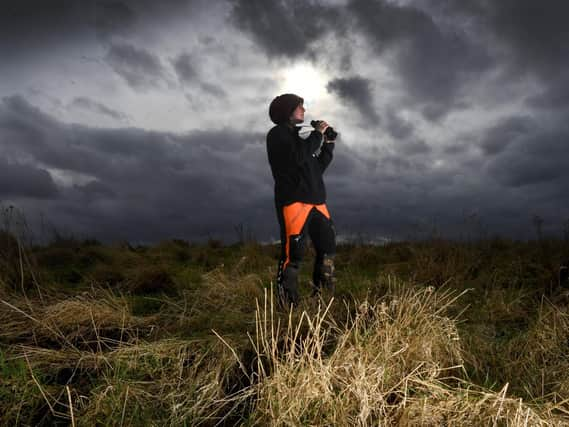

Former coal pits and abandoned railway lines have proved among the most favoured spaces for Britain's fastest declining resident bird species, the willow tit.
Now as conservation projects across South Yorkshire draw to a close following four years of monitoring, there are calls for society to redefine success in rejuvenating such spaces.
Advertisement
Hide AdAdvertisement
Hide Ad"These are habitats which are often viewed as low value," said Sophie Pinder, of the Back From the Brink Project which has been charting the birds' progress.
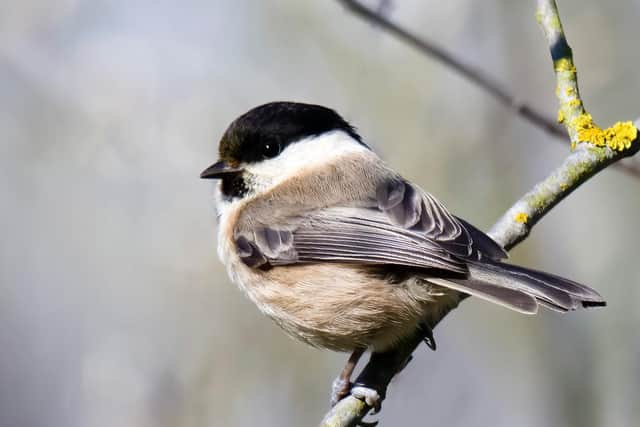

"They may not be majestic, ancient woodlands, but are equally as valuable for other things.
"This could be a totally different look at conservation," she added. "Getting the public behind the value of these 'not-so-pretty' landscapes is vital to these species."
Read more: Charting the path of the tiny brown argus butterfly as it moves across Yorkshire at a rate of two miles a year
Decline
Advertisement
Hide AdAdvertisement
Hide Ad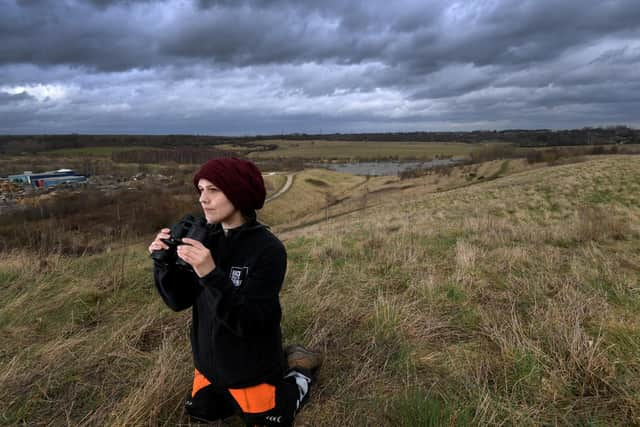

The willow tit, Britain's fast declining resident bird species, has plummeted in numbers by 94 per cent since the 1970s, research has found.
Conservation projects in South Yorkshire, aimed at protecting the bird, recorded a decline in the species over recent years with numbers more than halving since 2015.
Much has been learned as part of the Heritage Lottery funded Back From the Brink project from the RSPB and Yorkshire Wildlife Trust, launched in 2017 and now beginning to close.
Teams have been surveying, cataloguing and ringing the region's willow tits to track their location, as well as planting native trees and bramble species to aid their return.
Advertisement
Hide AdAdvertisement
Hide Ad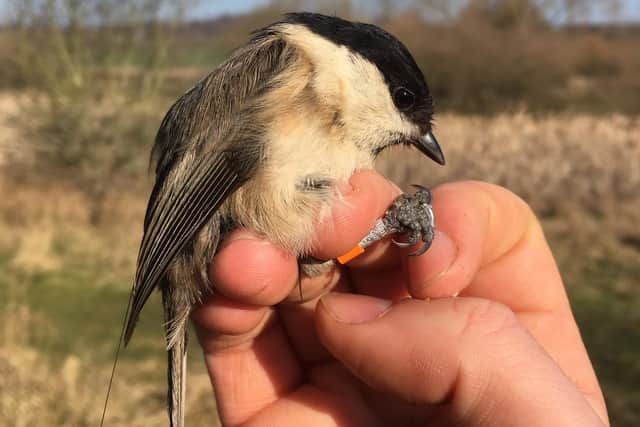

There were 70 pairs known to reside in the Dearne Valley in 2015, but following the Beast from the East storm in 2018 this then fell to fewer than two dozen.
While this has revived somewhat to around 35 pairs, it is still half what it was.
Post-industrialisation boom
Dramatic declines have been less acute in post-industrial areas, revealed Ms Pinder, with the birds drawn to spaces such Carlton Marsh nature reserve in Barnsley, a former railway junction which has a 'mosaic' of wetland, scrub and woodland habitat, and a former pit top at Rabbit Ings Country Park.
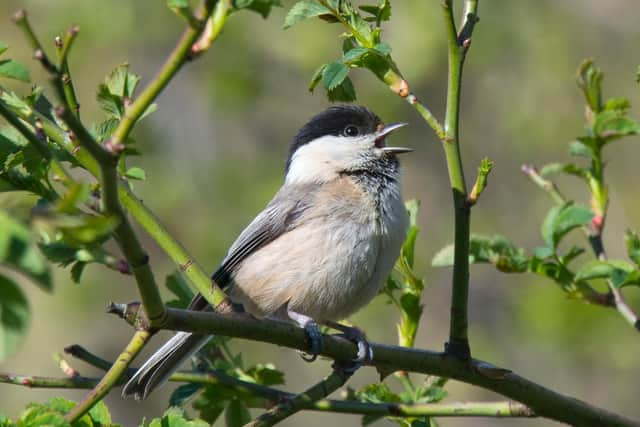

A key finding, she added, was in the volume of space the birds need as a breeding pair, and that they follow linear passages such as abandoned railway lines when searching for a mate.
Advertisement
Hide AdAdvertisement
Hide Ad"All the former collieries and pit sites that degraded naturally have become key habitats," she said. "We need to be creating a lot more of these spaces, and better connected as well."
A vast network of old canals and disused railway lines across South Yorkshire has inspired a natural regeneration of tree species such as birch and elder, Ms Pinder explained.
"It's all part of a functioning ecological system," she said. "Now it's about valuing these things that aren't always pretty, and changing perceptions, for landowners in particular.
"Of all the positives of the project, it's that understanding of the willow tits' needs which is important. It is much higher up the agenda now.
Advertisement
Hide AdAdvertisement
Hide Ad"We need to look at these post-industrial landscapes and see it's not a wasteland - it is evolving into something that is really quite special.
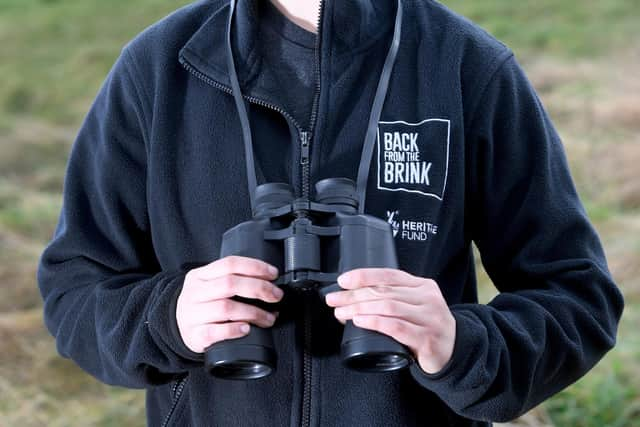

"For a generation of people who saw the closures of the mining industry, there is still a connection with these landscapes," she added. "That now is still really special and really viable for nature."
'Phoenix from the ashes'
Major research published earlier this year found the willow tit needs up to seven times more space to thrive than its commoner cousin the blue tit.
Findings, from the UK Centre for Ecology and Hydrology, also outlined how the songbird was seeking refuge in former coal mining communities such as in Wigan.
Advertisement
Hide AdAdvertisement
Hide AdDescribing their journey as a "phoenix from the ashes story", Dr Richard Broughton from Hull, who led the study, said the birds found a "refuge" which must be protected.
The research over three years at former mining sites on the Wigan Flashes and Amberswood Common found a breeding pair needs seven hectares of territory.
__________________________________________________________________________________________________________
Support The Yorkshire Post and become a subscriber today. Your subscription will help us to continue to bring quality news to the people of Yorkshire. In return, you'll see fewer ads on site, get free access to our app and receive exclusive members-only offers. Click here to subscribe.